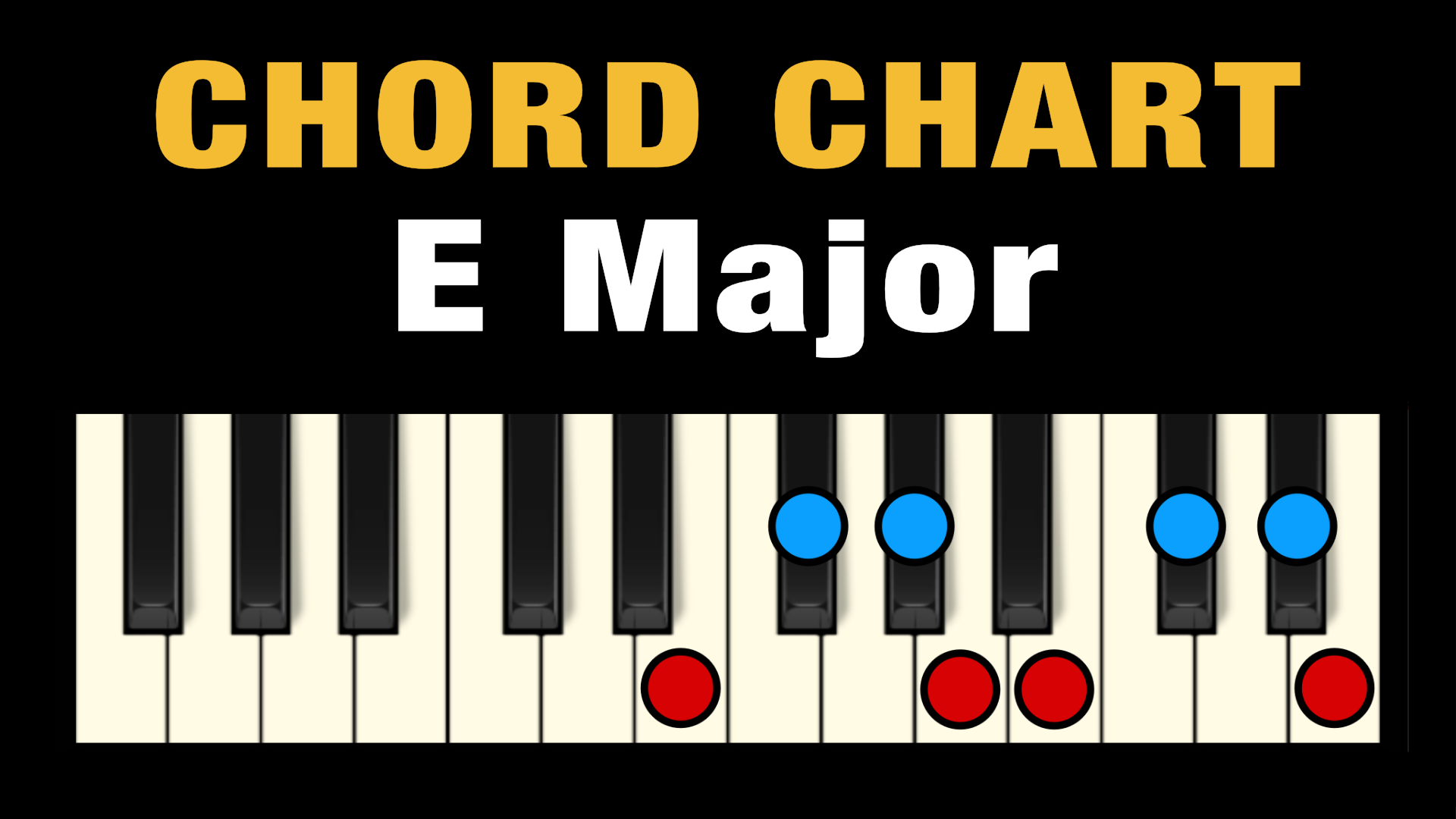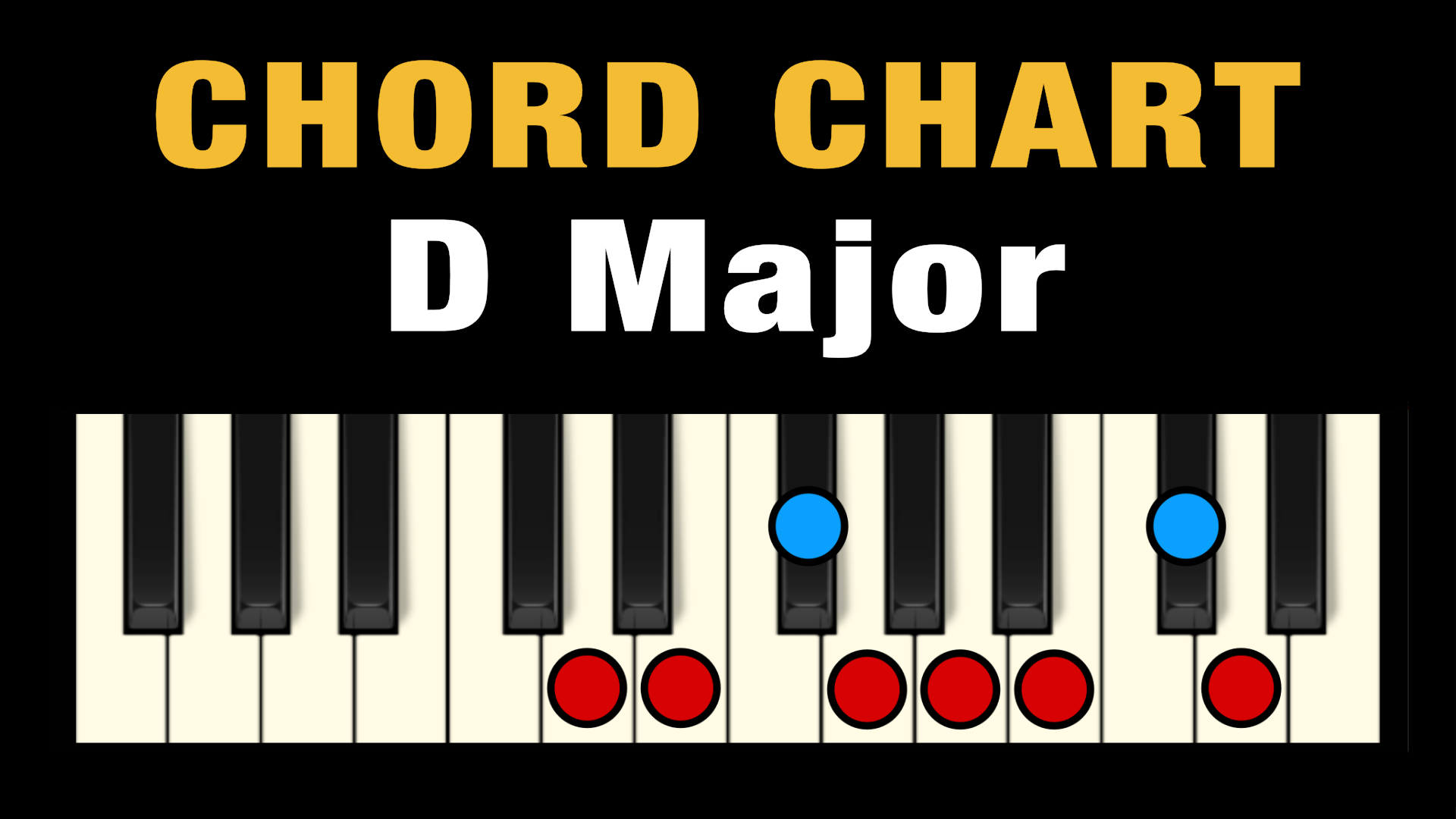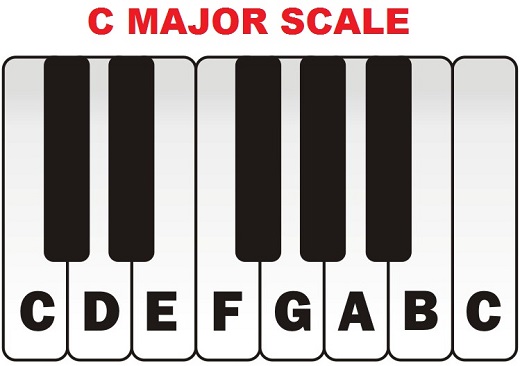G Minor Piano Chords are some of the most common and versatile chords used in both classical and contemporary music. These chords are a great way to add texture and complexity to a piece of music and can be used to create a wide variety of moods and feelings. G Minor Piano Chords are also relatively easy to learn, making them great for beginners who are just getting started with playing the piano. With the right guidance and practice, anyone can learn how to play these chords and start creating amazing music.
Exploring the Darker Side of Music: An Introduction to G Minor Piano Chords
The minor key of G is a powerful and haunting sound that can evoke a range of emotion and atmosphere in music. This key is often used in classical and modern compositions and is a popular choice for jazz, rock, and blues songs. In this article, we will provide an introduction to G minor piano chords and explore the darker side of music.
G minor is a diatonic scale that consists of seven notes and can be written in either the harmonic or melodic minor form. The root note of G minor is G, followed by A flat, B flat, C, D flat, E flat and F. This scale is commonly used in minor blues progressions as well as in classical music.
When playing G minor piano chords, musicians will often use the root, third, fourth, fifth, sixth, and seventh chords of the scale. These chords are Gm, Am, Bbm, Cm, Dm, Em, and Fm. These chords combine to create a haunting and melancholic sound.
Using G minor piano chords can add a sense of melancholy and tension to a song. The minor key has a natural sadness to it and can evoke a range of emotions in the listener. It is also often used to create a sense of drama and suspense.
In conclusion, G minor is a powerful and emotive key that can add an extra layer of emotion to any song. Experienced musicians can use G minor piano chords to create haunting and melancholic soundscapes that can stir the listener’s emotions.
Piano Chords 101: A Beginner’s Guide to G Minor Chords
G Minor chords are an essential part of any musician’s repertoire. As a beginner, you may be wondering what a G Minor chord is, how to play it, and how to incorporate it into your playing. This guide is designed to provide you with the essential information about G Minor chords.
A G Minor chord is a three-note chord that consists of G, B♭, and D. This chord is made up of the notes G, B♭, and D, which are the first, third, and fifth notes of the G Minor scale. The G Minor chord is most commonly played as a root-position triad, meaning the notes are played in the order of G-B♭-D. This chord can also be played as an inverted triad, which would be B♭-D-G.
To play a G Minor chord, place your index finger on the third fret of the A string, your middle finger on the second fret of the D string, and your ring finger on the third fret of the G string. Strum the strings from the A string to the high E string.
G Minor chords are often used as the tonic or root in minor key progressions. Additionally, they are used as the dominant or fifth chord in major progressions, as well as a passing chord. When used in a minor progression, G Minor chords can be used to create a somber, dark atmosphere. When used in a major progression, these chords can create tension and a sense of instability.
When playing G Minor chords, be sure to pay attention to the voicing of the chord. You can experiment with different voicings and inversions to create unique sounds and textures. Additionally, you can use different techniques such as strumming, picking, and hammer-ons/pull-offs to add variety to your playing.
G Minor chords are an integral part of any musician’s repertoire. With a little practice and experimentation, you can easily incorporate them into your playing. Good luck!
Unlocking the Mysteries of G Minor Piano Chords: A Comprehensive Guide
G minor piano chords have long been considered one of the most mysterious and difficult chords to master. While mastering G minor piano chords may seem like an insurmountable task for many, with the right guidance and practice, it can be an incredibly rewarding and satisfying experience. In this comprehensive guide, we will explore the fundamentals of G minor piano chords and how to use them to create beautiful music.
To begin, let’s discuss the basics of G minor piano chords. G minor is a minor key, meaning it has a darker and more melancholic sound. It is composed of a root note (G), a minor third (B-flat), and a perfect fifth (D). This combination of notes creates a distinct sound that can be used to create a wide range of musical ideas.
Now that we have a basic understanding of G minor piano chords, let’s talk about how to use them in music. To start, try playing simple melodies and progressions in G minor. This will allow you to get a feel for the sound of the chord and its possibilities. Additionally, try experimenting with different scales and chord progressions in G minor. This will help you develop your understanding of the chord and how to use it in various musical contexts.
When it comes to playing G minor piano chords, practice is key. Pay close attention to the shape of each chord, making sure to keep your fingers in the correct position. Additionally, make sure to use the correct fingering for each chord. This will help to ensure that your chords sound clear and crisp.
Finally, remember to have fun with G minor piano chords. Experiment with different sounds and progressions, and be sure to take breaks when needed. With practice, patience, and dedication, you’ll be able to unlock the mysteries of G minor piano chords and create beautiful music.
Creative Uses for G Minor Chords in Piano Arrangements
G Minor chords offer a wide range of creative possibilities for piano arrangements. G Minor chords are often used to create a feeling of sorrow, tension, and uncertainty. They can also be used to create a dark, mysterious atmosphere.
One great way to use G Minor chords in piano arrangements is to create a driving, dramatic accompaniment. By combining several G Minor chords with a solid bass line, an accompaniment can be created that drives the song forward and allows for a great deal of musical creativity.
G Minor chords can also be used to create a sense of contrast in an arrangement. For example, by using a G Minor chord followed by a G Major chord, a contrast between dark and light can be created. This contrast can be used to great effect in creating a compelling musical story.
G Minor chords can also be used in a jazz arrangement, as they are commonly used in jazz music. By creating a chord progression that moves from G Minor to other minor keys, a jazz arrangement can be created that has a great deal of harmonic variety and interest.
Finally, G Minor chords can be used to add a sense of tension and intensity to an arrangement. By using chords that move quickly between G Minor and other minor keys, a great deal of tension can be created. This can be used to great effect in creating an exciting and dramatic musical experience.
Enhancing Your Piano Repertoire with G Minor Chords
G Minor chords are an important part of any pianist’s repertoire, providing an interesting and sophisticated sound to your music. They can be used to create a range of moods and effects, from sombre and reflective to exciting and dramatic. In this article, we will look at how G Minor chords can be used to enhance your piano pieces.
G Minor chords are usually made up of three notes: G (the root note), B-flat (the minor third) and D (the perfect fifth). This combination of notes creates a sound that is both dark and mysterious. When used in the right context, G Minor chords can set an eerie tone and add texture and depth to your music.
One way to use G Minor chords is to create a harmonic progression. This involves playing two or more G Minor chords in succession to create a unique sound. You can use these progressions to add interest and tension to your piece. You can also use them to modulate to other keys.
Another way to use G Minor chords is to create a harmonic cadence. This involves playing two or more G Minor chords in a row before resolving to another chord. This technique can be used to create a sense of closure and resolution in your music.
Finally, you can use G Minor chords as a bridge between two different sections of your piece. This can help to create a smooth transition from one section to the next and add interest to your music.
By incorporating G Minor chords into your repertoire, you can add depth and complexity to your music. With a little practice and experimentation, you will be able to create unique and interesting pieces that will impress your listeners.
Unlocking the Power of G Minor Chords: Piano Arrangements for Advanced Players
If you are an advanced player looking to unlock the power of G minor chords, then this article is for you. This article will provide pianists with the knowledge and skills to use G minor chords in their arrangements and compositions.
G minor is a versatile key with a wide range of musical possibilities. It is often used in minor-key compositions, ranging from classical to jazz. The key of G minor has a strong, dark quality that can evoke a range of emotions, from sorrowful to intense. With the right chord combinations, G minor can be used to create beautiful and powerful musical statements.
Since 2005, Singersroom has been the voice of R&B around the world. Connect with us via social media below.








